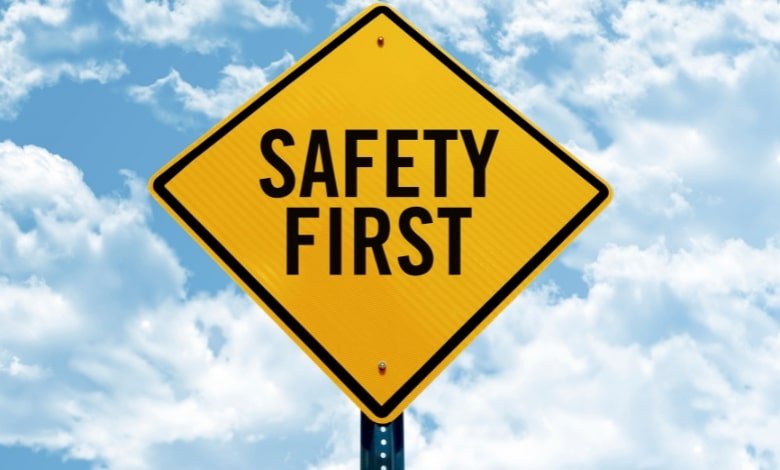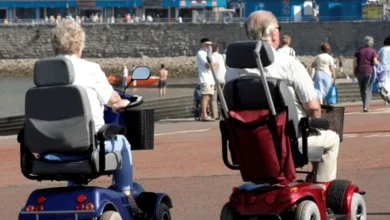Healthy Healers, Safe Patients: Workplace Safety in Healthcare and Respite Care

In the hustle and bustle of healthcare and respite care facilities, ensuring the safety of both patients and staff is paramount. But what does it take to create a safe working environment in these settings?
Workplace safety in healthcare and respite care might not be the first thing that comes to mind when we think about these fields, but it’s absolutely crucial. After all, we’re talking about the well-being of patients and the people who care for them.
In this blog post, we’ll break down the key elements of workplace safety systems, giving you a straightforward understanding of what it’s all about.
Regulatory Framework
Our journey begins with the regulatory framework that governs safety in these sectors. In Australia, key regulatory bodies include Safe Work Australia (SWA) and the Australian Health Practitioner Regulation Agency (AHPRA). These organizations establish the guidelines and enforce safety standards and compliance. Cutting corners? Not a chance!
Identifying Workplace Hazards
Next up, we need to identify the hazards that lurk within healthcare and respite care settings. These can include biological, chemical, and physical hazards. It’s like a real-life game of “Spot the Danger.” Once we’ve spotted them, it’s time for risk assessment. What’s the risk of that hazard causing harm? And how can we make it less risky?
Infection Control
Infection control is a biggie in healthcare. It’s all about keeping those pesky germs at bay. Think hand hygiene, personal protective equipment (PPE), and keeping the environment squeaky clean. It’s like our secret weapon against infections, and it’s vital to patient safety.
Training and Education
Now, let’s talk about training. No one’s born knowing all the safety rules, right? So, healthcare and respite care facilities provide training programs for their staff. This includes orientation and ongoing education. It’s all about keeping everyone in the loop.
Emergency response training is also on the menu. Fire drills, evacuation procedures, and handling medical emergencies—these are skills you hope you never have to use but must know just in case.
Reporting and Incident Management
Oops! Someone spilled a bucket of water in the hallway. Or maybe a near-miss accident happened. In these situations, having a good incident reporting system is key. Staff need to know how to report incidents, and there are protocols in place to follow.
Once an incident is reported, it’s time for investigation and corrective actions. We’re not playing the blame game here; it’s about understanding what went wrong and figuring out how to prevent it from happening again.
Safety Culture
Creating a culture of safety is like planting a tree. It takes time, effort, and nurturing and it starts with leadership commitment. Workplace safety veterans from RGC Australia also add that if the folks at the top prioritize safety, it sends a strong message to everyone else.
Employee engagement is also crucial. Respite care professionals from Successful Solutions Australia would attest that when staff feel like they have a say and that their concerns are heard, they’re more likely to actively contribute to safety efforts.
Communication and feedback wrap up our safety culture discussion. It’s important to have open channels for reporting concerns and mechanisms for feedback. It’s like a two-way street where everyone plays a part in keeping things safe.
Conclusion
In a nutshell, workplace safety in healthcare and respite care is a multifaceted endeavour. It’s guided by regulations, involves identifying hazards, and relies on infection control, training, and incident management. But perhaps most importantly, it thrives in a culture of safety where everyone—from top to bottom—values and contributes to the well-being of all involved.






